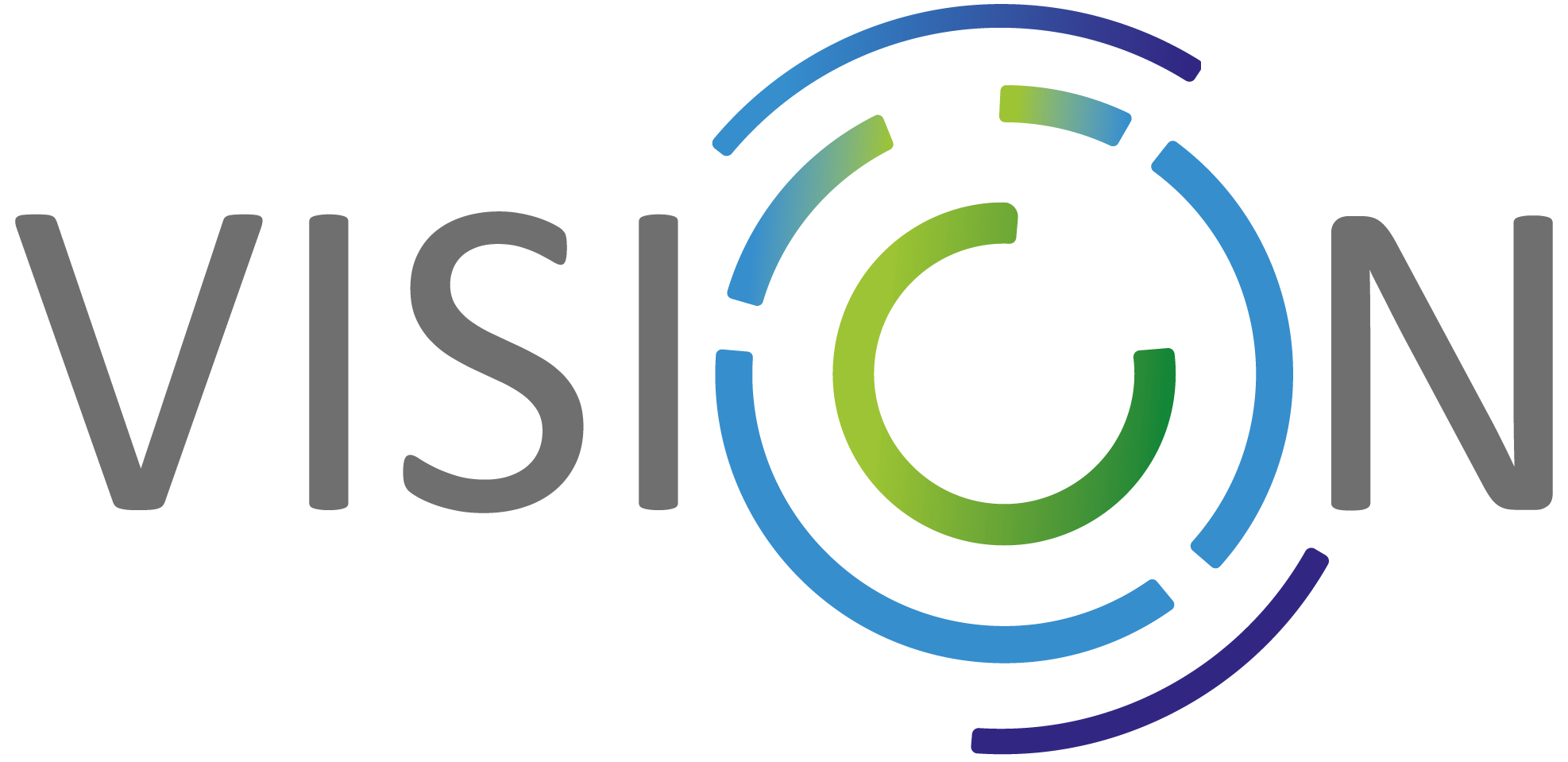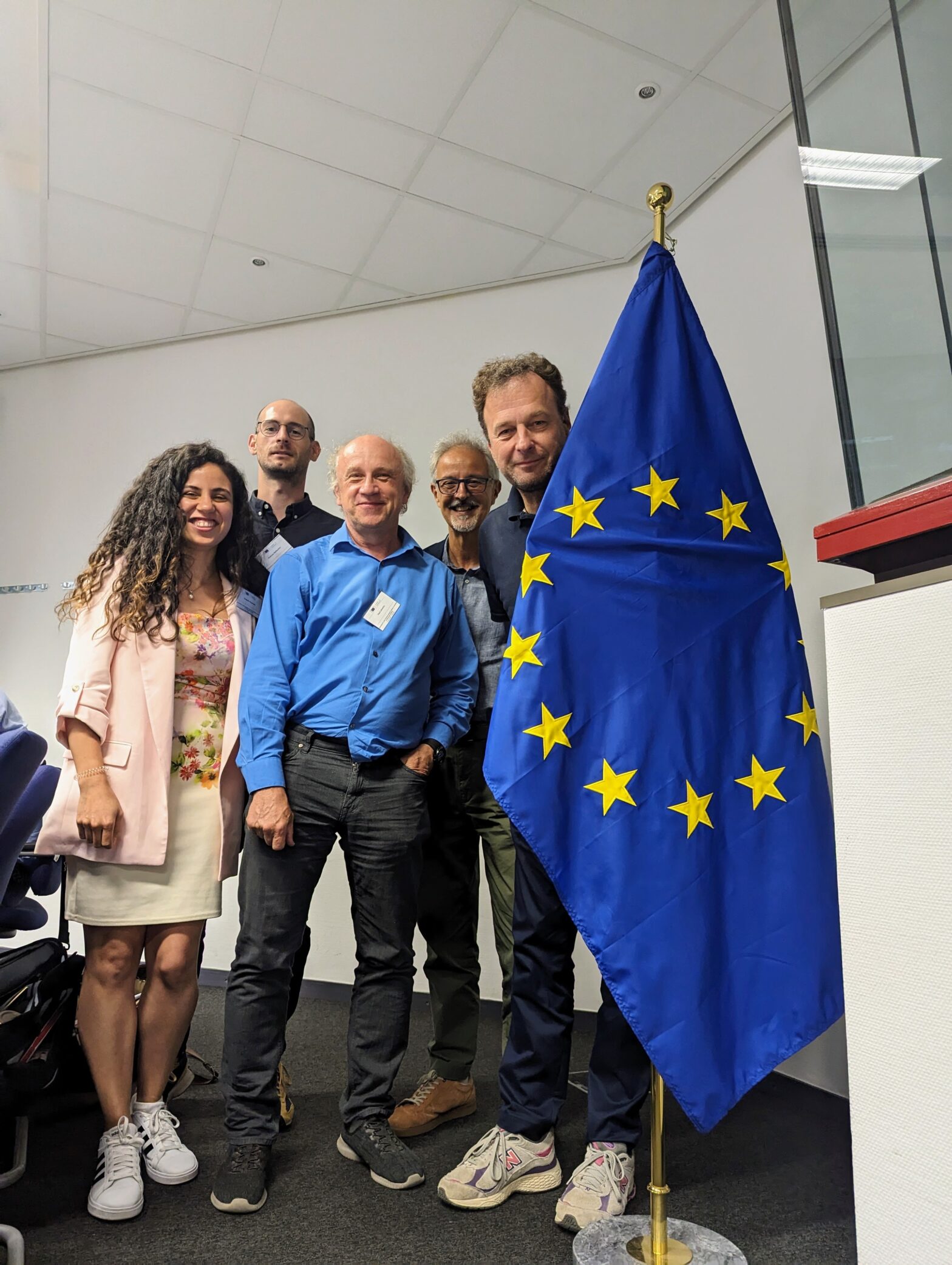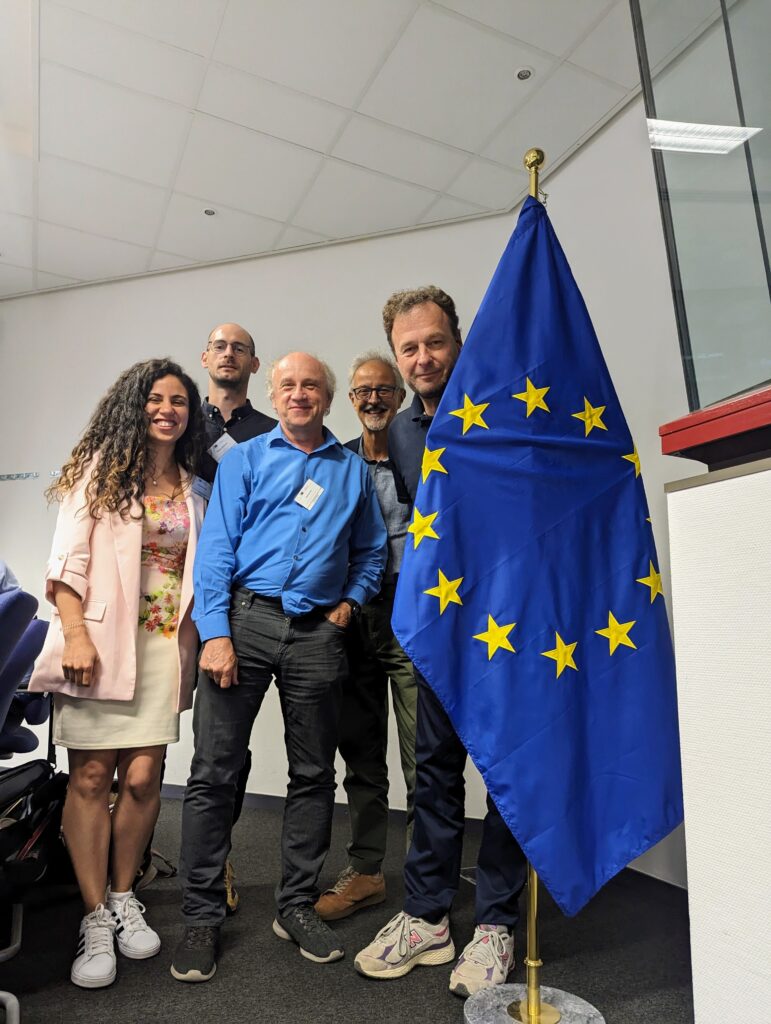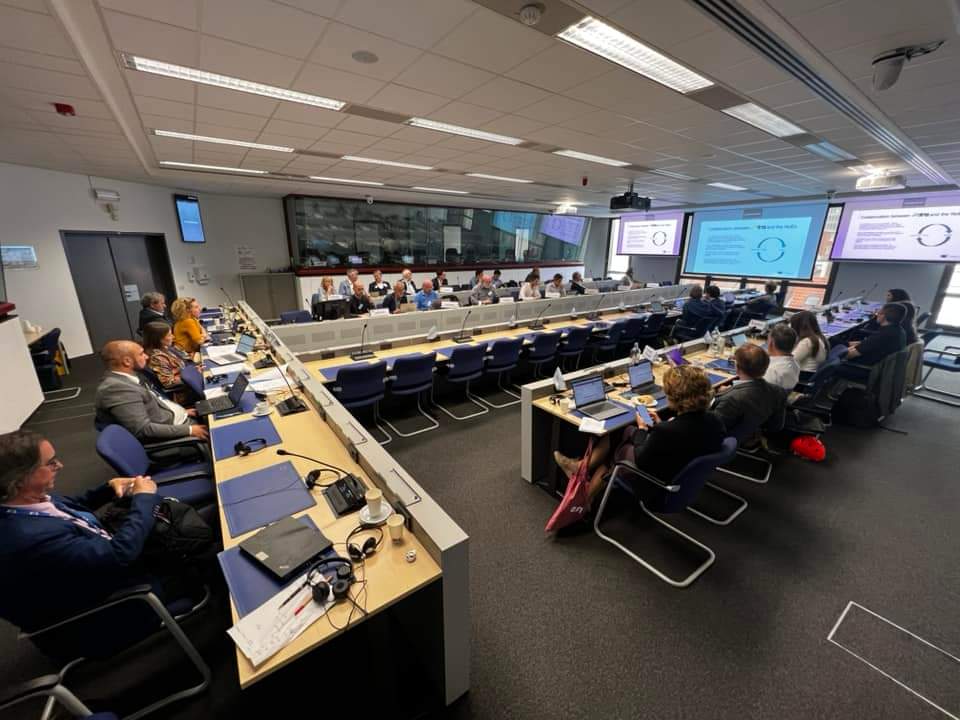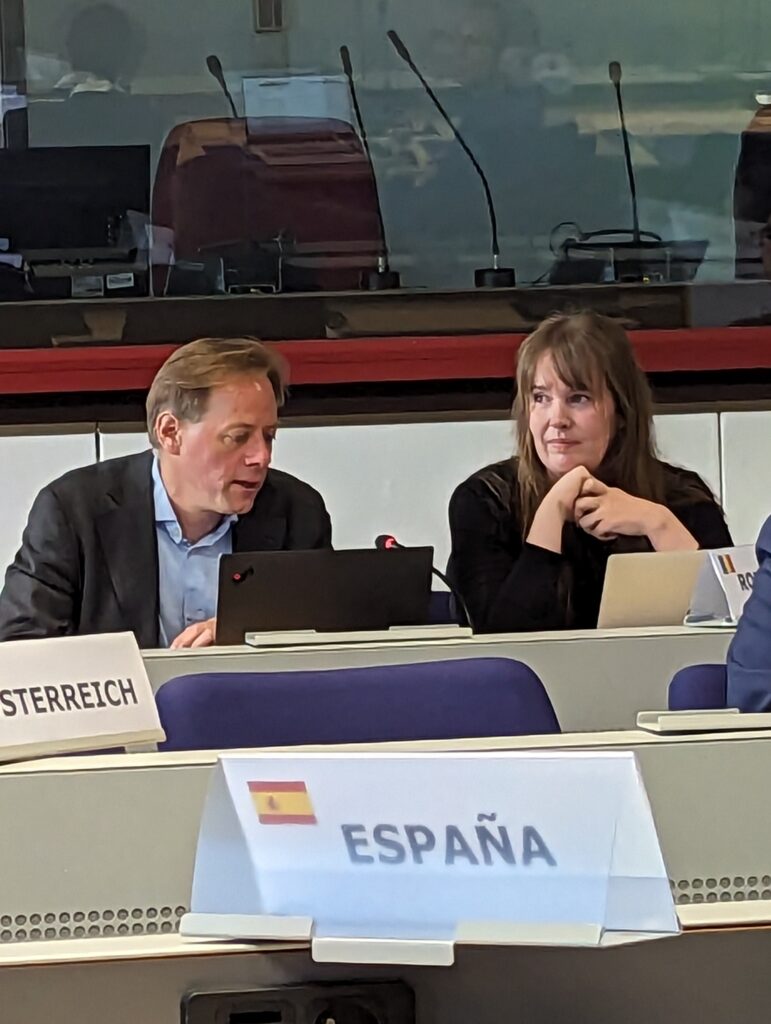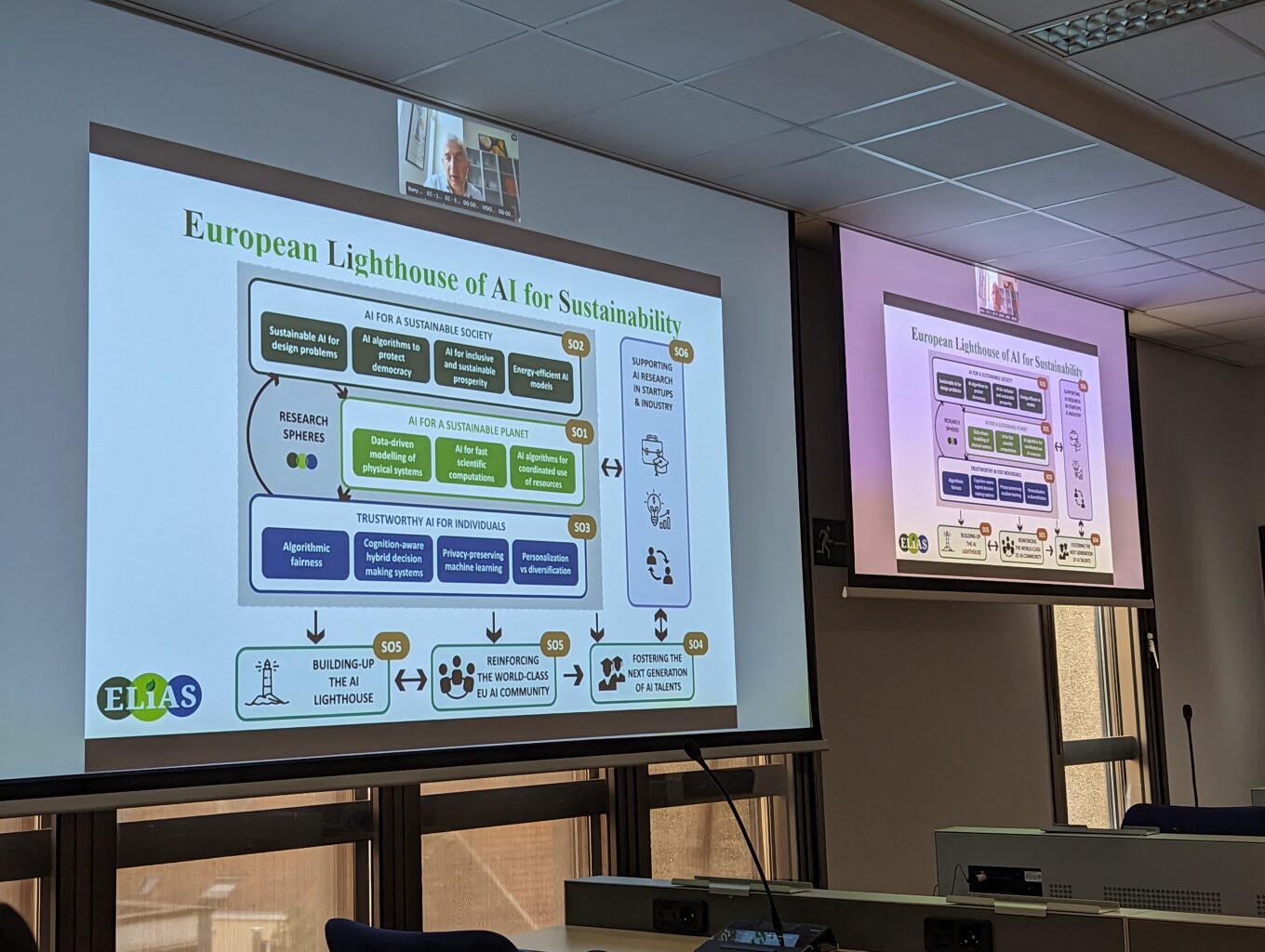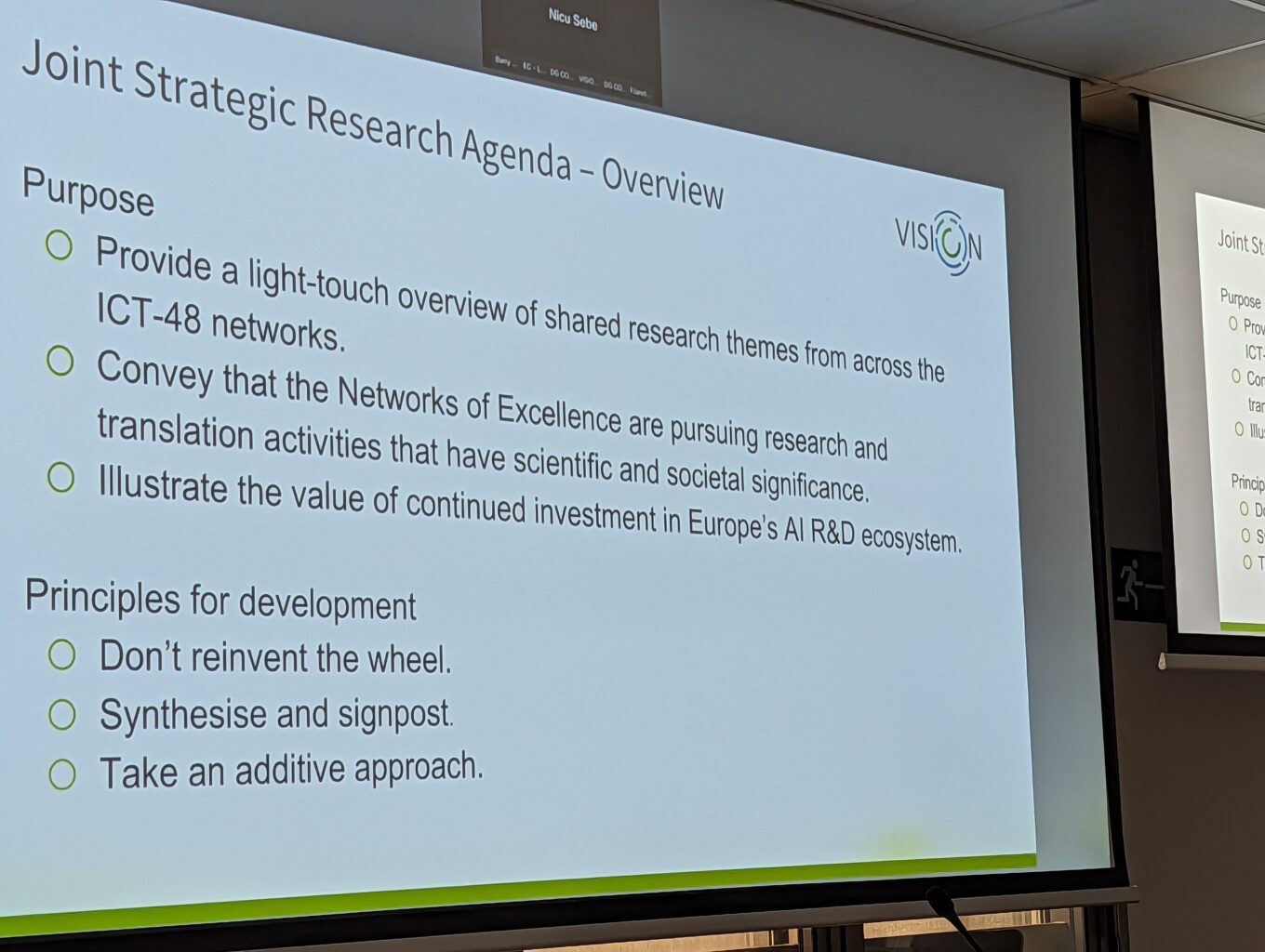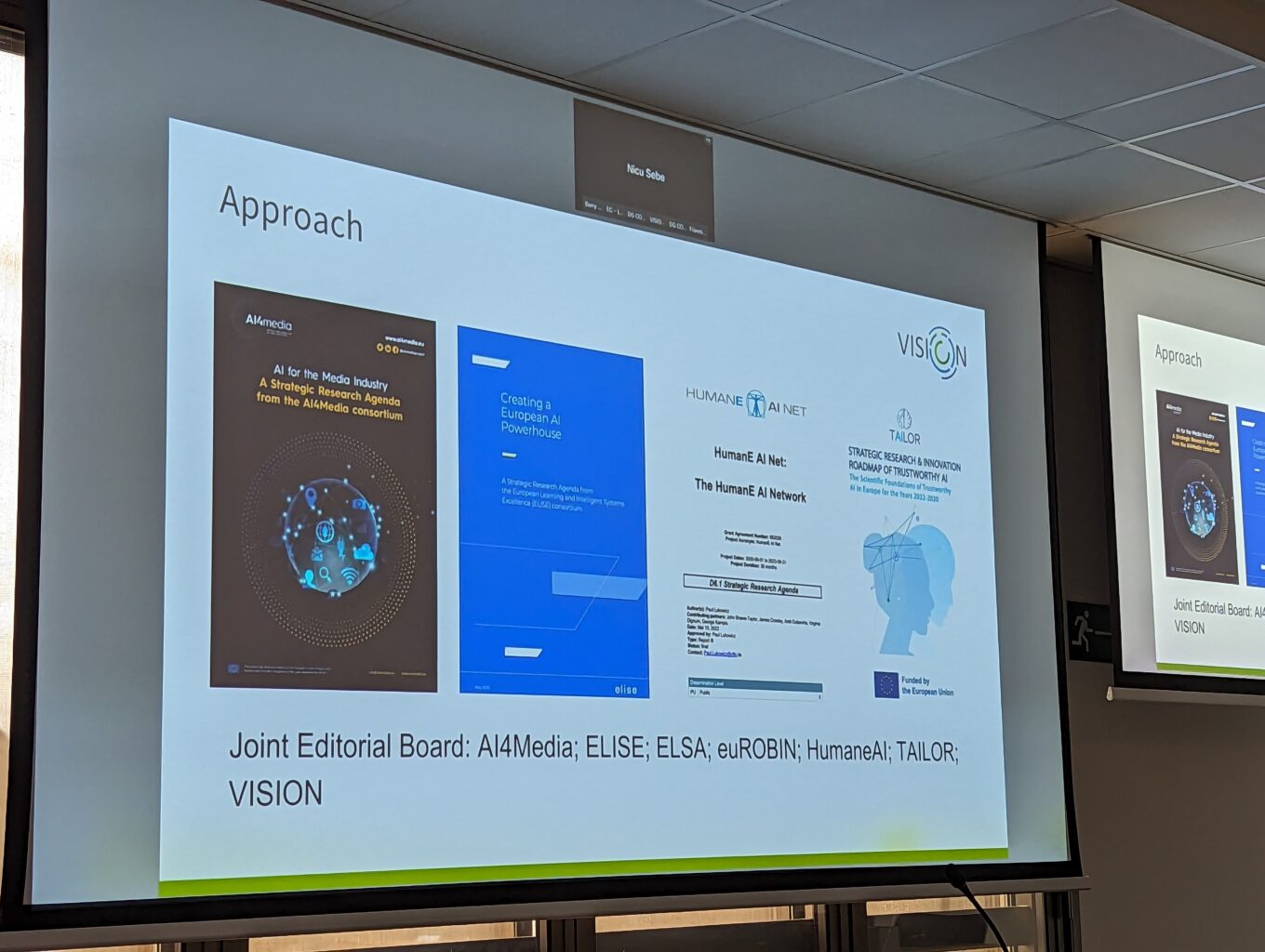Open Dialogue with European Commission on Future Research Trends in AI and Large AI Models
On 4 July 2023, the representatives of the European Commission (EC) and the ecosystem established around the AI Networks of Excellence Centres (NoEs) in the areas of AI, Data and Robotics (ADR) held a workshop in Brussels to discuss how to ensure European leadership in AI research and key strategic research topics, notably Large Generative AI Models.

©NetworksofExcellence
The European Commission organised the workshop to exchange with the European AI community on key AI topics. It offers a unique opportunity to obtain direct inputs from the best experts regarding the strategies and visions about where to go in AI and robotics research and innovation and also where to invest. The NoEs form a key element of the AI strategy bringing together the best researchers in Europe working on challenging AI problems. The EU’s six Networks of AI Excellence – AI4Media, ELISE, ELSA, euROBIN, HUMANE-AI-Net, and TAILOR are providing a framework for advancing European AI research and development and its translation to real-world impact in different domains.
During the meeting, substantive discussion took place regarding specific areas of European strength in AI & robotics research, and actions required to ensure that Europe plays a relevant role in the next wave of (generative) AI.
This community is going to be further enriched with three new networks and AI lighthouses; ELIAS (sustainable AI), dAIedge (edge AI), and ENFIELD (green, adaptive, trustworthy and secure AI); which will start their operation in the Autumn of 2023. Strongly encouraged by the European Commission, the networks are closely linked to the AI, Data and Robotics Association (ADRA), the private side of a public-private partnership that plays a key role in bringing knowledge from the European research community to industry.
Future Research Trends in AI
The European Commission invited the Networks of Excellence (NoEs) to help identify existing European strengths in AI and closely related areas, to help map the European AI research landscape, and to identify gaps and challenges. From the perspective of the Commission, the workshop served as a valuable opportunity to
- acknowledge the successes of the networks in research, education and translation, with a commitment to raising the profile of this work internationally;
- discuss the open consultation on ADRA’s Strategic Research, Innovation and Deployment Agenda (SRIDA) and the link with the joint Strategic research agenda of the networks;
- showcase the AI-on-Demand platform as a centralised resource for sharing and exploitation of new results and reusing existing results of AI research to promote the advancement in science towards innovation. This aims to become the reference community platform for AI in Europe, serving the needs of all AI stakeholders.
Representatives of the NoEs provided participants from DG CNECT with valuable information and insights, leveraging the work they had done together in recent months on the Joint Strategic Research Agenda (SRA). In particular, the workshop provided many interesting insights on future research trends and contributions to the medium- and long-term vision that should guide the initiatives the EU is preparing for the next round of funding programmes.
In addition, the diverse perspectives and expertise of the NoEs provided a solid basis for reflecting on the needs of the industry and innovation community. The workshop occurred in the current context of the ongoing discussions around large AI models.
Topics
The discussions covered a range of topics, such as data quality and availability, societal aspects and the social impact of AI, including democratic values, new interactive robotics applications, comparing Europe’s global positioning and young talents. Particular focus was on the following two items:
Large language models (LLMs): LLMs are at the forefront of attention, as these systems are now accessible to a broad public. In addition to these public models, others exist, for example in medical imaging or radiology. There was substantial discussion regarding the need for a European open multimodal generative model that, jointly developed in 2 or 3 years, and compliant with shared European values and most importantly European regulation. This would be based on transparency of training data, trustable information, protection of the rights of creators, and protection against bias, fake or meaningless content with a clear distinction between human-generated and machine-generated content.
As a short-term action, the networks proposed an idea of launching a European AI Challenge that will provide selected teams with shared capacity and targeted support – including computing power. A group of researchers from the NoEs committed to come together over the next few weeks to formulate a concept for such an initiative and to present it to the European Commission.
Access to High-performance computing (HPC): There is a clear recognition that standard HPC infrastructure was not designed for training of large AI models, and that there is a need of computational infrastructure that can adapt and/or cater for the needs of AI research such as access to appropriate architecture (GPUs), sufficient storage for large amounts of training data, access for small-scale development.
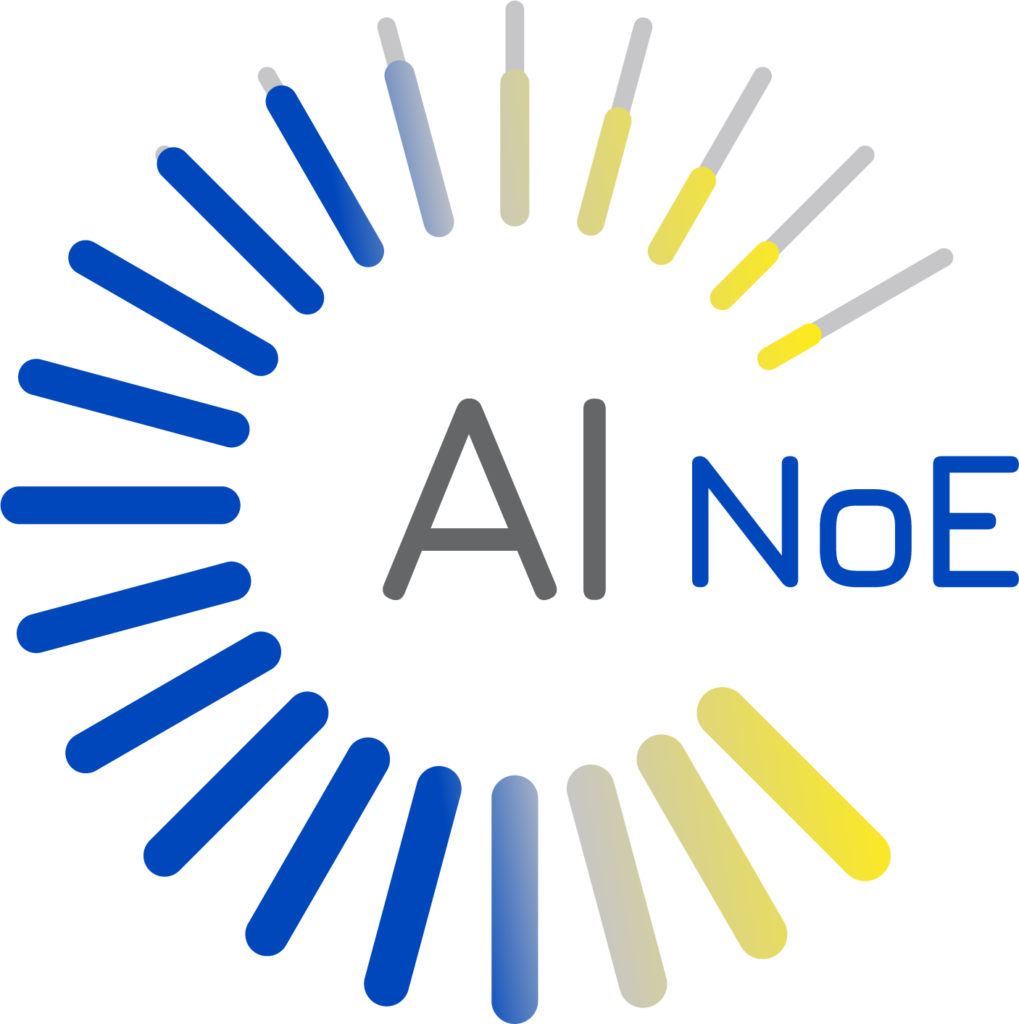

Photos by Passant El.Agroudy and the team of TAILOR Network
